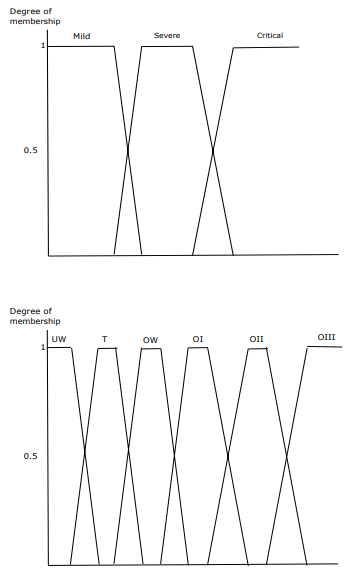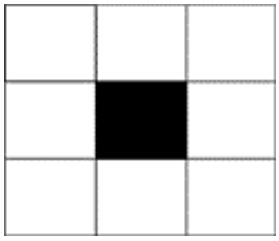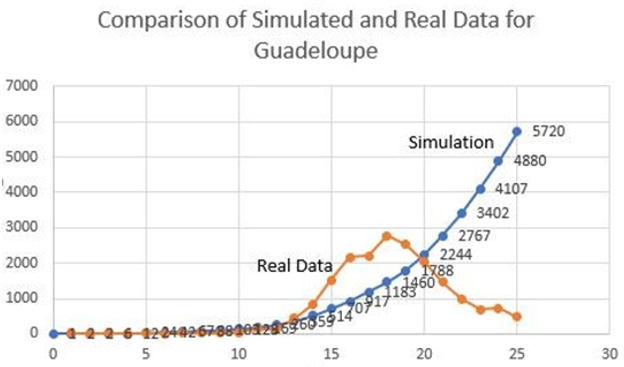Fuzzy Multi-Agent Simulation of COVID-19 Pandemic Spreading
Introduction
COVID-19 is an unprecedented pandemic outbreak by the
high rate of infection and the global spreading. Besides coping
with possible physical illness, a pandemic outbreak can cause
employees anxiety and fear. Neither country was prepared to face
this outbreak, especially for low and middle-income countries the
number of ICU beds are insufficient to combat Covid-19 pandemic
[1]. Mathematical and numerical simulation models could be a
helpful decision tool to manage the crisis by predicting the number
of infections [2]. Many of these tools consider analytical-based
models, using for example, the SIR epidemic differential equations
[3-6] or linear regression [7]. Using deep learning [8] or fuzzy
neural networks [9] is possible to have a data-driven approach. The
effects of the lockdown during the pandemic have been analyzed by
estimating the number of deaths [10,11]. In this paper we present
a Multi Agent-based System (MAS), which incorporates several
parameters as risk factors. Elder age is the main risk factor for the
severe or critical case of infected [12-14]; and obesity (measured
by BMI) seems to be the second main risk factor [15-17]. In before
the cited articles the risk factors are introduced in the form of
probabilities driven by medical and statistical knowledge. In
comparison, in this article, we are interested in the number of
critical cases due to the risk factors, by handling the uncertainty
using fuzzy logic (Fuzzy Multi-Agent Simulation). This approach
seems to be appropriate in a context where many countries do not
have enough Intensive Care Units (ICU) to manage the crisis [18].
Fuzzy Multi-Agent Simulation
We adapted the model, implemented in NetLogo platform, epiDEM Travel and Control [19]. In our model the agents have two main characteristics: age and obesity. To do that the population has been classified in 3 fuzzy groups (mild, severe, critical) according to their age and their body mass index BMI (Figure 1). The elder age is the main risk factor for the severe or critical case and obesity is the second main risk factor. According to demographic data, the population is divided into three age groups: young people, adults, and elderly. The severity of COVID-19 disease roughly corresponds to these three groups [20,21]. Statistically, the covid-infected young people have a mild form of the disease, adults have a more serious form and correspond to the group of severe patients, and elderly people represent most critical cases. Obviously, this classification does not consider comorbidities. We introduced in our model the variants of this virus, delta, which is at least 50% more contagious than the “classic” COVID-19 [22,23]. Therefore, we defined in our MAS simulation a zone of transmissibility. The transmissibility zone is represented by a bigger centroid around the infected agent than in the case of a non-infected agent (Figure 2).
Results
The fuzzy MAS simulation presented in this article supposed a missing situation of social distancing or barrier gestures. Therefore, the agents can circulate freely transmitting the disease to everyone with whom it comes into contact. Regarding the characteristics of COVID-19, the parameters are adapted to be directly linked to the disease. Average-recovery-time representing the average duration of the disease has been set to 25. Figure 3 displays a comparison of real number of infected people per day (orange curve) and simulated number via our method (blue curve). We know that the lockdown started the day 19 and our simulation shows what it could happened without lockdown [24-28].
Conclusion
In this paper, we presented a simulation model of COVID-19
spreading in an insular context, considering a non-respect of social
distancing and barrier gestures. The model of the spread of the
COVID-19 pandemic used a MAS and was based on demographic data
and medical knowledge based on two risk factors: age and obesity.
These two aggravating risk factors were defined as parameters
of agents by using fuzzy logic: fuzzy sets and aggregation fuzzy
operators. Further the agents will be defined by considering the
vaccination as barrier gesture. In addition, new variant of the virus
more contagious will be modelled in this Fuzzy-MAS simulator.
For more Articles on : https://biomedres01.blogspot.com/





No comments:
Post a Comment
Note: Only a member of this blog may post a comment.